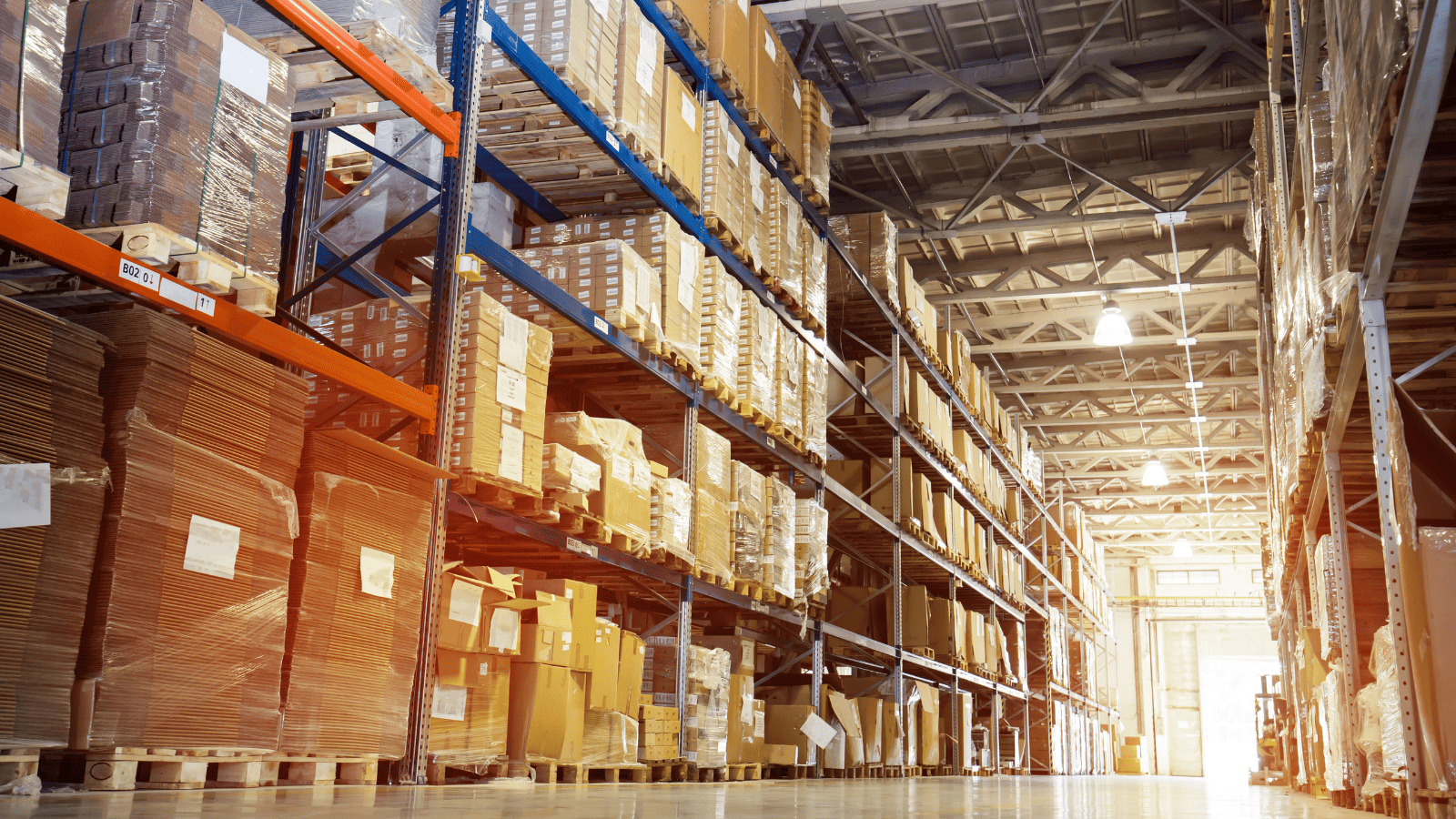Robots have long been seen as a pinnacle of tech innovation. Unfortunately, they’ve also been seen as a malign force. In Hollywood and other circles, robots have been cast as evil machines that outwit us, replace us, and even threaten the human race. They have a long way to go to get to that point. As many VCs can tell you, it is the rare robotic success that has lived up to its billing.
This is now changing. Improvements in battery capacity, compute power, artificial intelligence, and connectivity are steadily making robots smarter and more capable. And more realistic economically.
Consequently, the demand for robotics is growing. Indeed, it is already indispensable in the world of online commerce, where selling and shipping a wide variety of ever-larger products—from furniture to appliances to flat-panel TVs—is now standard. Moreover, consumers now expect next-day delivery on most purchases and liberal return policies as well. Amazon drone delivery? Coming soon.
Robots are also now widespread in manufacturing, and many other businesses are looking to add machine labor to augment and partner with their human workforce.
A Nimble Forklift
Enter Third Wave Automation, a Silicon Valley startup making impressive improvements in industrial automation fueled by artificial intelligence and computer vision. Third Wave and its unique innovations make it a breakthrough robotics company, which is why Norwest is investing.
With this funding, Third Wave is capitalizing on its strategic partnership with powerhouse Toyota Industries Corp. and redefining the outlook for next-generation robots.
Third Wave has solved a lot of robot shortcomings. For example, robots historically have been inflexible and are usually flummoxed when they encounter novel problems. Third Wave’s nimble new generation of autonomous forklifts shows how challenges like these can be overcome.
They use a proprietary mix of adaptive automation, shared autonomy, and continuous learning. They operate according to a system that is highly flexible, quickly deployable, and capable of constant improvement. Third Wave’s forklifts bring improvements in safety, efficiency, and throughput while delivering unparalleled functionalities like high-rack pick-and-place.
They reset the agenda for the warehouse space and, critically, they also deliver a rapid return on customer investment.
Robots on the Move
The humble forklift is the muscle of the global supply chain. They pick and place a broad array of materials and move them efficiently to their destination, within the warehouse and onward. Today, the industry is over $100 billion globally. A forecasted 9% CAGR from 2021 to 2027 will result in shipments of over 2 million units annually by 2027. Robotics is playing a large part in this growth.
When it comes to making robots nimble and highly adaptable to challenging environments, Third Wave employs shared autonomy in the mix. It is a technology that multiplies human potential by marrying the best of robotics with human critical thinking. Some automation is now adaptive. But adaptive automation still can’t account for extreme-edge cases or new scenarios that have not been encountered before, especially when safety is paramount. With shared autonomy, when an automated robot encounters an unfamiliar challenge and isn’t sure how to handle it, it can “ask a question” of its operator, who is seated comfortably at a remote operating station in front of a software-based interface. Better still, the robot will learn from the experience and be able to handle similar instances going forward. The operator can also give the machine guidance on how to solve a challenge. And because the robot does not require constant oversight, a single operator can manage up to 10 robots at a time.
With shared autonomy and continuous adaptive learning, Third Wave forklifts have a sizable advantage over their competitors. For example, when a Third Wave forklift gets into what’s called a “wedge situation” that it doesn’t understand, such as a broken pallet, a human is brought into the loop to make a decision and train the bot. The forklift will then remember the experience and apply it in the future if it encounters a similar quandary. Competing forklifts can’t do the same.
A Forklift Unicorn?
VCs look for founders with the right stuff: intelligence, resilience, passion, and talent in leading teams. They don’t come along often. Our firm collectively sees hundreds of new companies for every company we invest in. And we take special notice when we find entrepreneurs and employees with exceptional technology, business savvy, and leadership.
That’s why we’re big believers in Third Wave. We believe the company’s outlook and potential impact are significant, as it continues to accumulate wins with customers and surpass benchmarks of robotic efficiency in warehouse operations. Others may see a hulking machine. We see a $100 billion global market, and a smart forklift could very well soar to the top of it.

